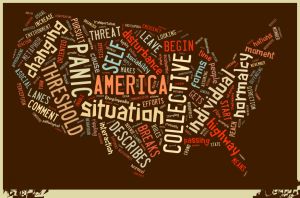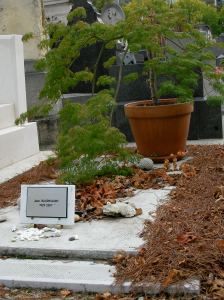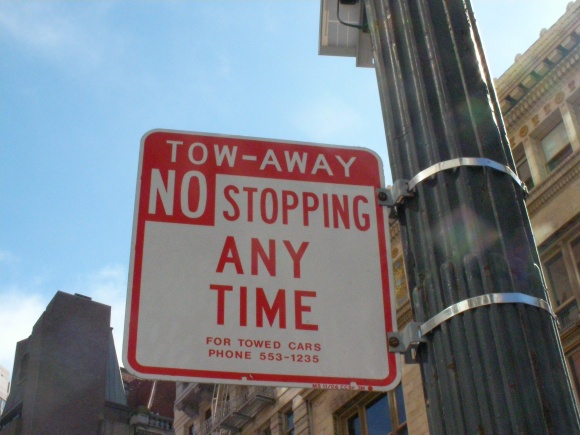Communication …
August 30, 2014 § Leave a comment
As of further notice, this blog is no longer updated. Feel free to browse the ideas, texts and images I have provided so far and get back to me at your leisure via c.raetzsch@gmail.com. So long … the beat continues at raetzsch.berlin. Thanks for coming by. CR.
And if you don’t want to be the bunny in the iron cage of consumer exhaustion …
 make some time to experience what’s out there …
make some time to experience what’s out there …
“The real is relinquished by the very excess of its appearances. The objects resemble themselves too much, this resemblance being like a second state; and by virtue of this allegorical resemblance, and of the diagonal lighting, they point to the irony of too much reality.” (Seduction, p.63)
What is diagonal lighting other than the reality in which the object appears free of reference and utility?
YECREA Young Scholars’ Fund for Lisbon
July 28, 2014 § Leave a comment
Young scholars, members of YECREA and ECREA can now apply for conference fee funding to attend the 5th European Communication Conference in Lisbon, 12-15 November 2014.
The newly established young scholars’ fund, provided by ECREA, consists in an initiative of ECREA scholars aiming to facilitate young colleagues’ participation in the bi-annual European Communication Conference (ECC) in the form of fee waivers.
Applicants need to ensure that they are:
- young scholars’ according to YECREA’s definition (master students, PhD students and post-doc scholars without fixed or tenure-track positions)
- members of ECREA and YECREA
- authors of a submission officially accepted to be presented at the ECC
- not receiving any other funding resources
Young scholars who are eligible for funding have to submit an application stating the title of the accepted submission (including specification of other co-authors, if any), country and institution of affiliation, student status (master or PhD student, post-doc or research fellow etc.), statement that they are not receiving any other funding resources as well as indication of their travel costs to the conference site.
All applicants are asked to complete and submit the form, together with supporting evidence (including estimated travel and accommodation costs, proof of enrolment/student status, confirmation of acceptance to present at ECC2014) to the YECREA management team via emailyecrea@gmail.com before 1 September 2014.
All applicants will be notified two weeks after this deadline. Successful applicants that have already paid fees will be reimbursed by ECREA.
Baudrillard on the Virtual
October 7, 2013 § Leave a comment
“In the virtual, we are no longer dealing with value; we are merely dealing with a turning-into-data, a turning-into-calculations, a generalized computation in which reality-effects disappear. The virtual might be said to be truly the reality-horizon, just as we talk about the event-horizon in physics. But it is also possible to think that all this is merely a roundabout route towards an as yet indiscernible aim.”
Jean Baudrillard. Passwords. Translated by Chris Turner. London: Verso. 2003: 40-41.
Panic America
November 5, 2012 § Leave a comment
It’s not highly original to invoke a pathological metaphor for describing a nation. But panic is different. Because it contains a threshold between individual and collective forms of asocial behavior. Take the example of the highway. As I have claimed before, America is organized around the highway as a means of transportation, a means of communication and it may also serve as a general metaphor of sociability. Each auto-nomous unit traveling on the highway tries to stay in motion, and reach their destinations with the least troublesome effort. There are only a few rules and separate lanes make orientation easy. But as soon as there are too many automobiles, erratic drive patterns begin to increase, as many start looking for their own advantage by changing lanes frequently, accelerating and breaking more often, thereby disturbing the otherwise smooth flow of vehicles. Although all are oriented in one direction, the disturbance in the pattern of flow creates ripples way beyond the congested zones. I think of panic as something like this rippling of disturbances that occurs for no immediate reason, but that has real effects elsewhere.
The Encyclopedia Britannica describes individual forms of panic as anxieties that are not shared or even perceived by others. Clues of the environment are interpreted in only one direction – to increase panic, threat, helplessness – which can amount to becoming a sense of self (perception). Panic as a collective behavior is most often associated with natural disasters or economic panics. Watch the holiday videos made in Southeast Asia during the 2004 tsunami, where the same big wave that was great fun at the beach tips over to become a lethal threat. This moment of changing perception describes panic. Similar in economic panics. A small number of investors begin to see a threat, a decline in returns, and begin to sell unprofitable assets. Like the driver on the highway changing lanes quickly, they cause disturbance in the usual behavior of others by disappointing chiefly the expectations of others as to what constitutes ‘normal behavior’. They signal a change in the very ‘normalcy’ and contribute to a collective rethinking of procedures among all others. This, in turn, makes the situation worse. Whatever the decisive factors in a panic situation, each has a moment of passing a threshold from normalcy to emergency.

Panic America in Words: c/o http://www.tagxedo.com and A.M.
When a crowd gets into a panic, it is unable to look for the source of its unease, unable to change the situation or even analyze possible solutions. Panic breaks out when a certain number of people gets uneasy at more or less the same time. As they see the conditions of ‘normalcy’ dissolve, they start violently defending their own self-interest against the interests of others. When a large crowd of people, at concerts or demonstrations, gets into a bottleneck situation, a long time will pass before individuals start to protest or move out of the situation. It’s the time before the threshold and the level of tolerance seems to be very high, assuming that anyone will prefer a state of normalcy – even in distress – to a state of emergency.
Yet, after passing the threshold of realizing panic, the cycle of self-interest eating up social norms begins. Panic breaks out. Defending one’s own self interest against all others, in turn, provokes the exact same reaction. In a panic situation, help can only come from the outside or through a sudden change of the situation. Panic is a defense mechanism and will subside as the threat that caused it disappears.
By breaking the thin tissue of normal social conduct and interaction panic questions the assumed normalcy of our environment, of our sociability and brings up a residual anarchic element in human psyche that is all about survival of the fittest. The pursuit of self-interest suddenly becomes apparent in its asocial consequences during a panic situation:
“[T]he usual rules according to which individuals adjust their behaviour so as not to work at cross-purposes are nullified. In the more dramatic instances of collective panic, people trample on one another in vain efforts to reach safety.” [A panic situation] “encourages the intensified pursuit of individual rather than collective goals.” (LMK (Lewis M. Killian)/NJS (Neil J. Smelser) “Collective Behaviour” (pp. 556-567). The New Encyclopeadia Britannica, Macropedia, vol. 16, 15th edition, 1988, Chicago: Encyclopeadia Britannica Inc. p. 561).
Panic describes the moment of the threshold, not its cause or effect. “Panic America” then neither postulates that America is panicky, nor that it’s more prone to such disorders than other nations. America is the testing ground for the limits of the threshold of panic, constantly shifting the balance between productive self-interest and disastrous self-interest.
Modesto, California 2012




